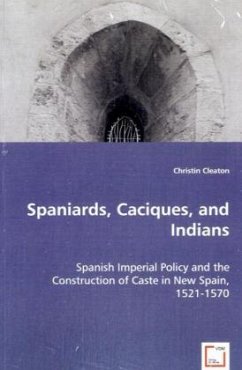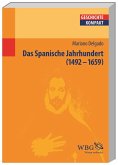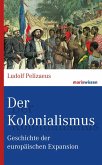Following the conquest of New Spain, the Spanish Crownpursued a policy that recognized and preserved the internalhierarchy within the indigenous community. The Crown initiallyembraced the creation of a class of hispanized Indians, traditionalelites of pre-conquest Mexico expected to serve in both religiousand secular positions. However by the 1540s, the Crown shifted towidening the gap between themselves and their new subjects. Spanishpolicy increasingly defined the Indians' position as oneundifferentiated whole to mask the internal hierarchies amongst thenative community, aggressively pursuing a policy of Indian castebecause of the perceived threat to Spanish power and prestige thatthe ambiguous position of an educated, wealthy indigenous elitecould pose to imperial project. Education, sumptuary legislation,language policy, and Inquisition procesos were tools intended tocompress indigenous hierarchy, turning a diverse body of peoplesinto one caste - turning caciques and principales into indios. Bydenying the natives access to the signs and symbols of culturalsuperiority, "Indians" were constructed as separate and distinctfrom "Spaniards" as possible.








